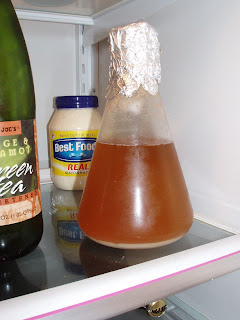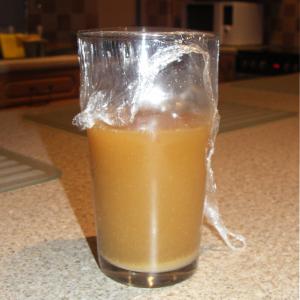What do you mean by "start?" What activity are you believing is an indicator that a starter has or hasn't started.? I've never had a starter not start. Modern yeast just doesn't NOT WORK these days, contrary to what most new brewers may believe. If yeast can survive 40 million years preserved in amber and a beer can be brewed out of it, then why do you believe your MODERN yeast isn't doing it's job?
Most of the time the person is looking at the wrong "signs of fermentation." And ignoring what is right in front of them.
Activity in a starter really only means one thing and one thing only.
It doesn't matter one blip in your fermenter or your starter flask if the airlock bubbles or not (if you are using an airlock and not tinfoil if you are using tinfoil, you aren't getting bibbling anyway,) or if you see a krauzen. In fact starter fermentation are some of the fastest or slowest but most importantly, the most boring fermentations out there. Usually it's done withing a few hours of yeast pitch...usually overnight when we are sleeping, and the starter looks like nothing ever happened...except for the little band at the bottom. Or it can take awhile...but
either way there's often no "activity" whatsoever....
I usually run my stirplate for the first 24 hours, then shut it down, if you are spinning your starter it is really hard to get a krausen to form anyway, since it's all spinning, and there's often a head of foam on it from the movement.
All that really matters is that creamy band o yeast at the bottom.
This is a chilled sample so it's flocculated, but even with an unchilled sample you should see a band of yeast at the bottom. Here's an unchilled version
Same thing, a band.
As it is I've only ever seen two or three krausens actually on my starter (one blew off a bunch of krausen and knocked the tinfoil off the flask,) and the evidence of one on the flask at the "waterline" once. But I've never not had a starter take off.
Look for the yeast at the bottom, don't worry what it looks like on top.
If you have yeast on the bottom....that's all you really need.
If it looks anything like that, your are ready to either feed it again, or use it.
And....starters were made for years before people started using stirplates, so that's not a determing factor in if a starter works or not.



